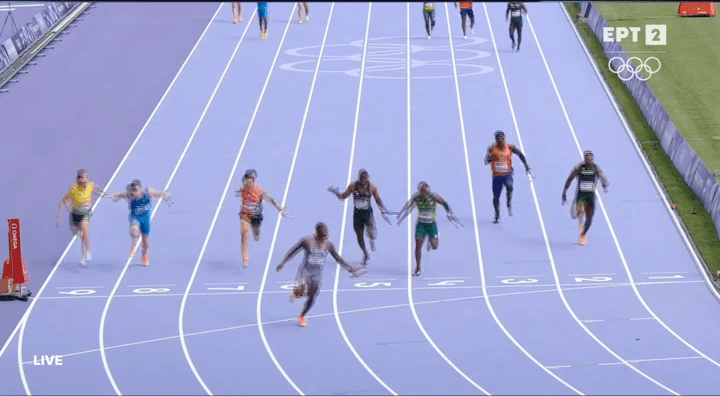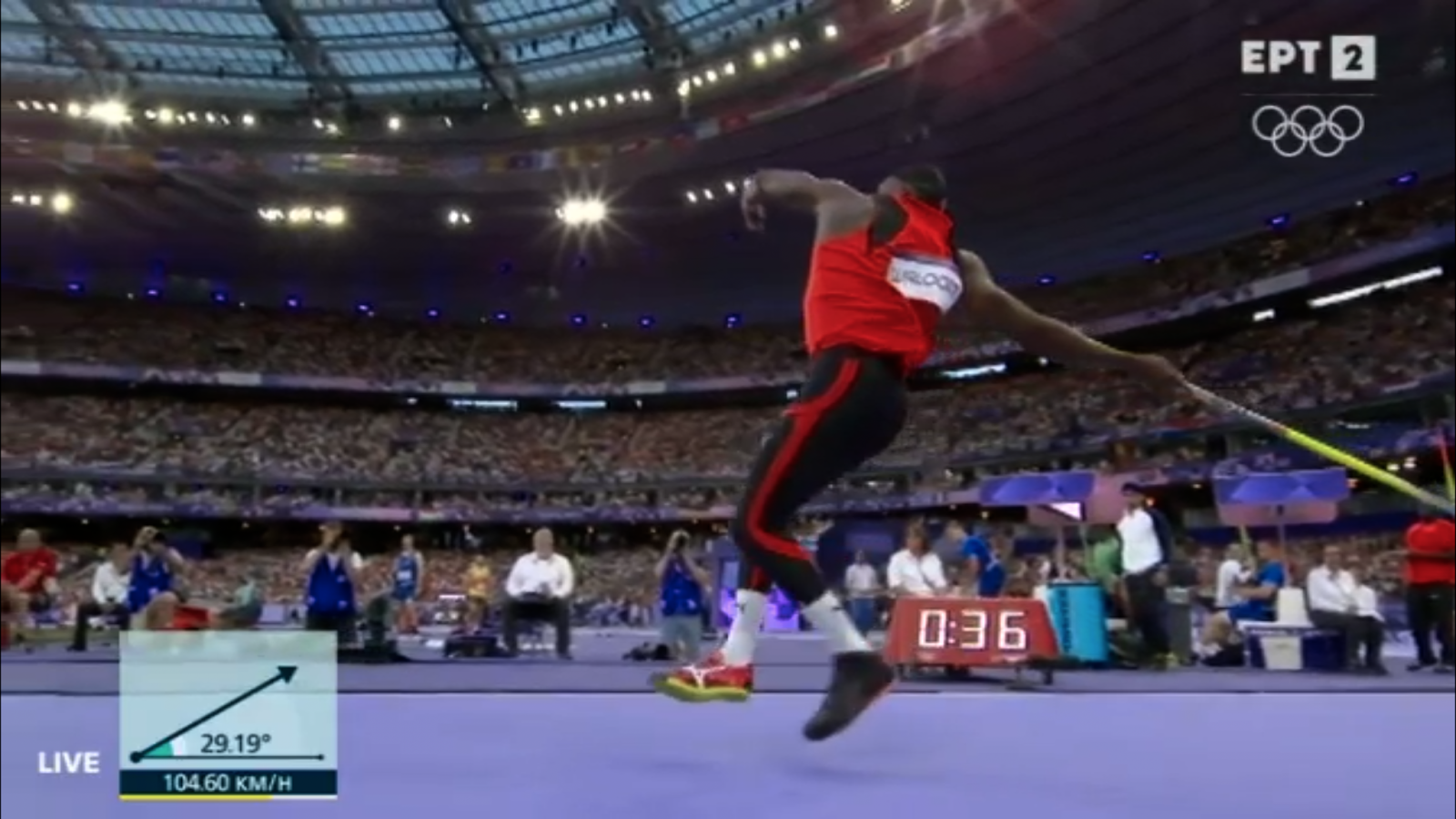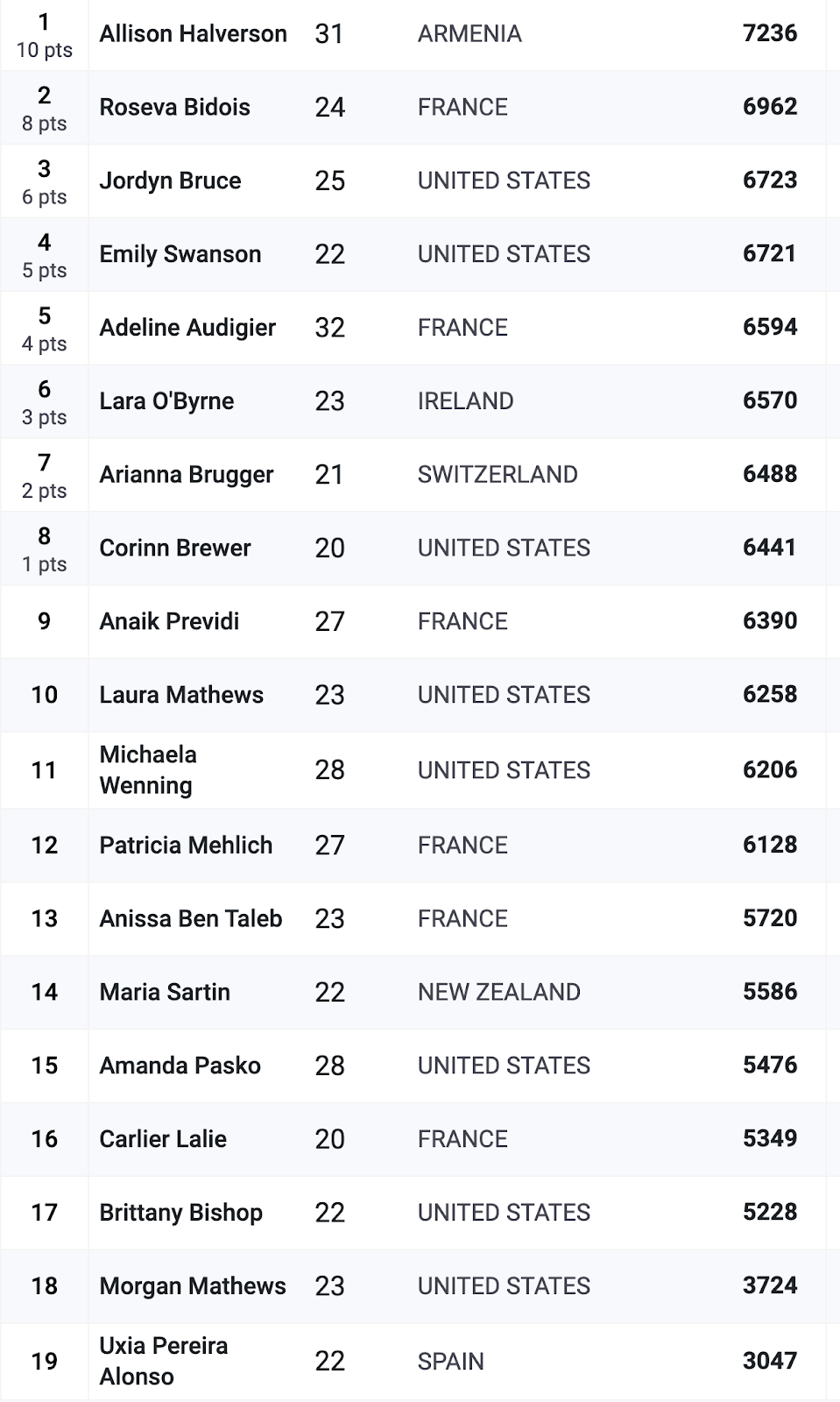I was reading again the last part of the book of Ayméric Mantoux on Pierre de Coubertin and I stumbled upon something that I had missed the first time.
Here is a translation to english:
Some have seen in the perseverance and passion he put into fighting the entry of women into the Olympic Games an implicit influence of his Jesuit education, even a sign of homosexuality, since [de Coubertin] never ceased to praise the virile heroism and to admire triumphant ephebes.
Mantoux added that de Coubertin has never been happy in his marriage. This is essentially true: de Coubertin's family life conditions were far from optimal. He had married in March 1895 Marie Rothan, daughter of a rich protestant family from Alsace (de Coubertin himself was catholic). They had a son (who was handicapped from the age of two leading a vegetative life till his death) and a daughter (who suffered emotional disturbances and never married). And, when one adds to this that de Coubertin was financially ruined after the first World War, this makes for a not so fulfilling life.
But let us go back to the homosexuality innuendo. The reference offered by Mantoux is the book by Michel Larivière, "Homosexuels et bisexuels célèbres". I was intrigued and I tracked down the book. Indeed, there is an entry on de Coubertin where the author simply affirms that the baron was homosexual and misogynist. That's it! No further argument is offered, simply a repetition of what we already know, that de Coubertin admired the athletic efforts of young men.
Is that a proof of homosexuality? Certainly not! However the hatred of de Coubertin towards sports-women, his aversion for feminine sports is sufficient, at least in the eyes of some people, in order to cast a doubt. As far as I am concerned, and given my not so positive opinion on Mantoux's book, I am inclined to brush aside the question. After all, if de Coubertin were homosexual that would have been his personally chosen life-style, and as such, at least by today's standards, totally respectable.
What is totally inexcusable is his attitude towards women. Already in 1892 he was writing: "the real olympic hero is, to my eyes, an adult male". Adding "and when I see a woman on the track I perceive her as an imperfect double of the male athlete". According to him, women should not practice sport but only care about the performances of their husbands and look after the athletic education of their sons. He was making fun of tennis-women who were competing in long white skirts and lace blouses.
Looking back at the baron's life today, the IOC-promoted hagiography aside, it is clear that he was a great hypocrite. He wrote "Sport is the birthright of all, equally and to the same degree, and nothing can replace it". Only when writing "all" he was excluding a good half of humanity.





















